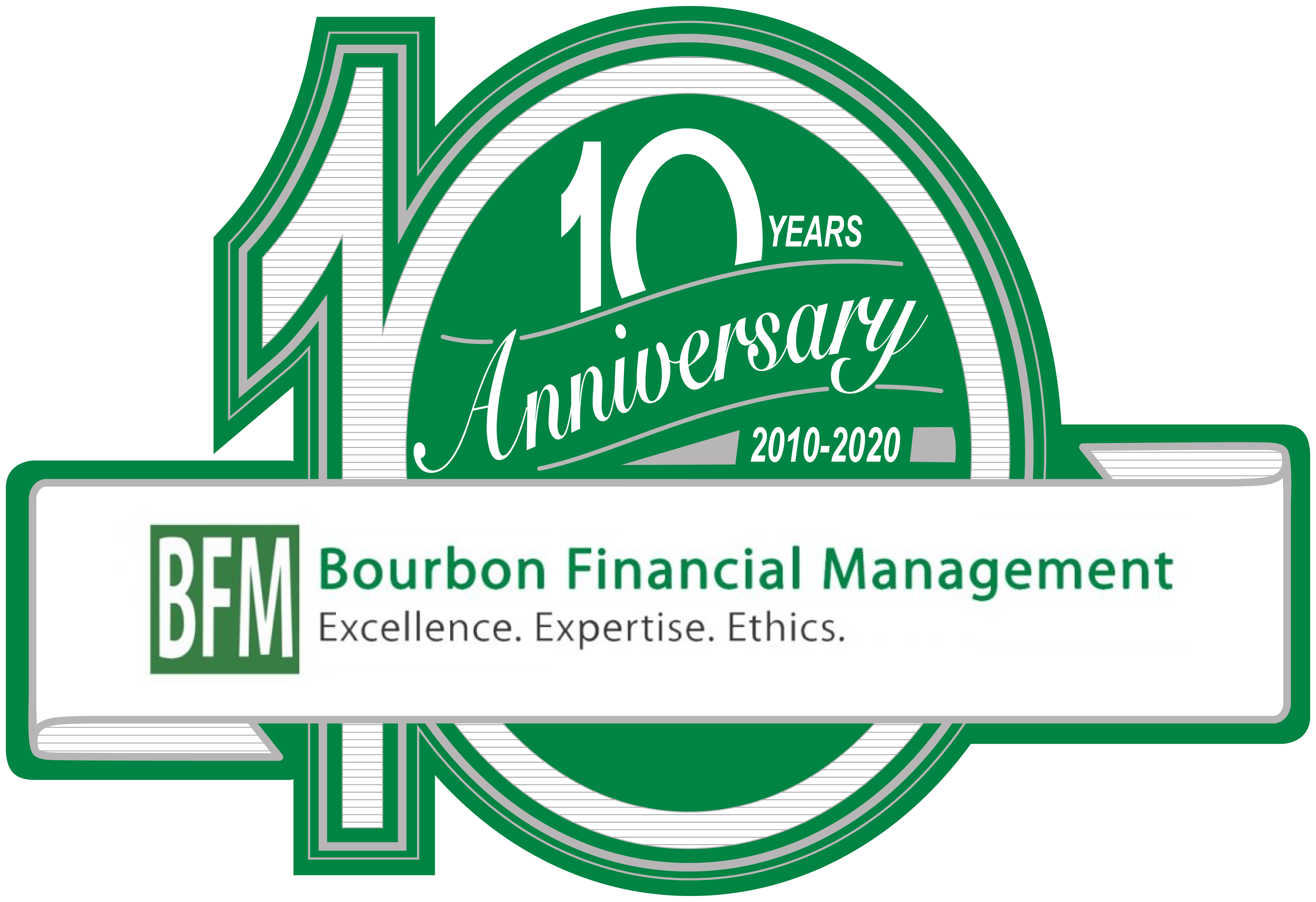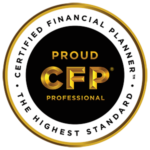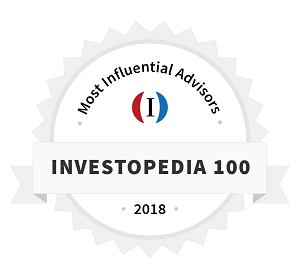How to pick better mutual funds?
How to Pick Better Mutual Funds?
* PEOPLE + PROCESS + PHILOSOPHY = PERFORMANCE *
Dear friends,
If you have the time, desire, experience and knowledge of building your own investment and retirement portfolios, this newsletter is for you!
At BFM, we are very analytical and we believe that asset allocation is more important than stocks or mutual fund selection…but many of you have asked us to share our disciplined due diligence process to selecting investment managers and mutual funds.
You should not be over confident in pursuing activities beyond your expertise. For example, practicing skydiving without a professional skydiver or dancing Ballet without a ballerina’s guidance can harm your body. Investing your wealth, just like skydiving and ballet dancing, is science but also an art. Investing without knowledge is like jumping into a valley without a parachute.
Selecting a good mutual fund is extremely difficult. Only 20% of funds may outperform their benchmark over the long run. 40% of funds that were in business 10 years ago are now gone. A fund can be at the top one period and be at the bottom the next one.
As you can see, mutual fund returns can be very different. Thus, effective organized financial planning is important.
| Category | Name | 10-year Return | Value of $10,000 |
|
US Large Cap Fund |
Pioneer Value Yacktman Focused |
-6% 226% |
$ 9,384 $ 32,643 |
|
Foreign Fund |
Old Mutual Copper Rock Intl Sm Cap Invesco International Small Company |
50%
417% |
$ 14,988
$51,716 |
The debate between active and passive management (investing in index, passive funds and ETFs) is a constant discussion among individuals in the financial world. There are qualitative and quantitative factors that need to be understood and analyzed correctly before picking a good fund.
You should decide to be either patient with active managers or seek a passively managed approach. The vast majority of long-term top performing managers will endure periods of lousy performance.
· 85 percent of all ten-year top quartile funds spent at least one three-year stretch in the bottom half of their peer group (they spent about 23 percent of all their three-year periods in the bottom half of their peer groups).
· 62 percent of ten-year top quartile funds spent at least one five-year stretch in the bottom half (19 percent of rolling five-year periods in the bottom half of their peer groups). Source DiMeo.
Short-term greed and impatience will lead investors to fail. Before investing you should develop confidence in the fund and the patience required for long-term success. Otherwise, you should invest in index and passive funds (low costs).
“Do not wish for quick results, nor look for small advantages. If you seek quick results, you will not attain the ultimate goal.” Confucius.
Human emotions are the biggest obstacle to investor success. Proper research goes well beyond the numbers. It also requires regular meetings or calls with the managers. Natural human behavioral tendencies during the manager selection and termination process generally leads to failure so we recommend a rigorous process. We believe that qualitative metrics for selecting mutual funds are as important as quantitative metrics.
What traits and factors do we look for, review carefully, and monitor constantly?
Qualitative factors:
- People: education, qualifications, experience, depth, stability, diversity, quality and diligence of the investment team (portfolio managers, analysts, traders, auditors…)
- Investment philosophy that is consistent, clearly articulated and understandable
- Investment process and style based on meritocracy that are transparent, repeatable, consistent, and definable with good buy and sell discipline and risk management procedures
- Stewardship: a corporate culture of excellence, with clean regulatory history, board integrity, independence, ownership and compensation who will put your interests first-
- Firm ownership structure
- Manager compensation and incentives structure (salary, bonus, stocks, shares…) that reward individual contributions
- High conviction approach that is distinct and with potential to outperform. “Worldly wisdom teaches that it is better for reputations to fail conventionally than succeed unconventionally.” J. M. Keynes.
- What percentage of research is generated internally (vs. sell-side research from Wall Street)?
Such data may not available by directly looking into sources like Bloomberg and Morningstar. This requires contacting every fund and requesting them to provide the data.
We also review the portfolio composition, size (small or large cap) and style of the funds, manager concentration, and if a manager has closed a fund to new investors in the past and ask how they decide to close it in the future.
Quantitative factors:
- Fees*/ Expense ratio: Funds in the cheapest quintile were more than twice as likely to beat the average for their categories than the most expensive quintile
- Tenure / Experience / Track Record of the Portfolio Managers and Analysts. The average tenure maybe close to 6 years only…
- Fund ownership** by the portfolio management team
- 5 and 10-year Information Ratio (IR) and peer ranking. The IR measures the risk-adjusted return for assessing the performance of active portfolio managers
- Long-term after tax return/performance: GMO Emerging Country Debt had a 10-year annual return was 14.54% ($10,000 became $38,880) but after tax, the post-tax return was 9.80% ($10,000 became $25,468 or 35% less)
- Consistency of portfolio returns with the investment process (attribution reports)
- Funds concentration
- Tracking Error and Active Share: these numbers represent how much the fund returns deviate from the benchmark
- Beta and Correlation with the fund’s true Benchmark (R square)
- Inflows/Outflows and total assets in the fund today and 5 years ago
- Up/Down capture ratio and maximum drawdown
- Sortino Ratio which measures the risk-adjusted return
- Volatility
- Turnover which measures the number of times securities/shares are replaced/traded
The quantitative data is available from a variety of sources like Morningstar, Bloomberg, fund prospectus, fund statement of additional information, shareholder reports, fund companies…
You can see that these lists could include many more factors. Also important is that these factors are not available easily. The investor needs time and a good network to obtain all the necessary information.
It does not end there. You may want to look at a fund's correlation with other assets/funds in your portfolio to optimize your portfolio risk level and decide what capital allocation would be best to minimize your downside risk. Short-term performance is not important.
MORE DETAILS IN THE ATTACHED FILE.
*: Of domestic stock funds, 47% in the cheapest quintile beat the average over a 10-year period, while just 19 percent of the most expensive quintile beat the category average. The cheapest quintile of domestic-stock funds survived and beat the cheapest index fund 29% of the time, compared with just 17% of the most expensive quintile. There is a high correlation between costs and survivorship, as high-cost funds have a large attrition rate. Looking at rolling 5 and 10-year periods for US stock funds, the cheapest group had an attrition rate of 13% over 5-yr periods and 25% over 10-year periods. The attrition rate for the most expensive group was double that: over 5-year periods, 29% of the high-cost funds had merged or liquidated and 49% had merged or liquidated over 10-year rolling periods.
**: We like managers to have skin in the game. Does your Manager eat his own cooking? Would you invest in a fund when its portfolio manager does not even invest in it? 46% of the US stock funds managers report no ownership! 59% for international foreign funds managers. This information can be easily be found at www.morningstar.com/goto/fundspy or in the fund prospectus (statement of additional information. Higher investment levels aren’t a guarantee of success or an ethical manager, but it shows that managers believe in the funds.
This newsletter was first published in October 2011
http://bourbon-fm.com/file/BFM_Newsletter_10_2011_HowToPick_MutualFunds.pdf













